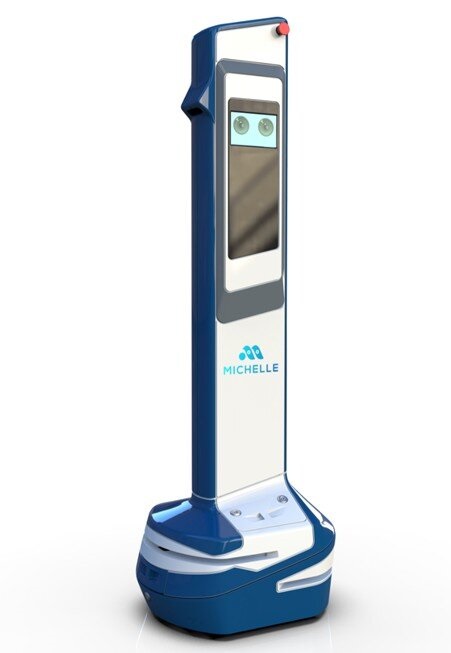Researchers have proposed a novel method for customer behavior analytics and demand distribution based on Radio Frequency Identification (RFID) stocktaking. Autonomous robots that already pervade our daily lives are faced with a host of challenging tasks, such as stocktaking in a rapidly changing environment.
Researchers have proposed a novel method that helps build models depicting location-related demand dependencies and precise locations of lost and moved items. The robot capable of reading RFID tags with an accuracy of 0.3 m keeps an eye on shoppers, takes note of the locations they find the most attractive, and predicts demand, thus giving useful tips to the retailer on where it is best to place an item in order to increase sales and profits.
Existing solutions lack applicability to real-life situations in retailing, which may result in an unforeseeable loss of sales. This solution provides the retailer with exhaustive information about demand distribution by using a mobile robot for autonomous stocktaking at RFID-equipped stores. Our research stands apart from other related works due to the mere size of the underlying set of real-world data we collected in the span of over 10 months.
They have developed, an RFID-capable autonomous robot for Decathlon stores, that helps considerably reduce the number of RFID-reading errors caused by the human factor and make the inventory faster and cheaper. We came up with an idea to benefit from big data collected over 10 months of the robot’s operation at the store. Specifically, they wanted to estimate the tag density change over the entire purchase area. First, they proposed a probabilistic model for estimating tag locations with an accuracy of 0.3 meters and then constructed the hit map of the tag density dynamics which clearly shows the maximum and minimum purchase quantity areas. These findings are very important for retailers in relocating the goods in order to maximize sales profits and predict seasonal demand profiles.








